Question
 Our Parson
Our Parson
Hi, I have a 2 year old male Parson Russell Terrier. He is really a joy, but there is one problem we have that seems to be getting worse. When he is on the leash and we approach another dog on a leash on the sidewalk, he gets very tense, growls and lunges. The other dog is off the leash, it usually is just fine. Today in the park something new and scary happened. He was running around off the leash, doing very well, checking in with me, and coming when called. There was a woman sitting on the ground with a small Jack Russell Terrier in her lap. What I didn't realize that the dog was on a leash. My dog went up to them and lunged onto the the other dog. Lots of snapping and growling, no bites or blood. But naturally the other dog owner was terrifed and I was mortified. We have been to training with him and he is 1000% times better than when he was younger. He comes reliably with a strong "Come here," can heel, and waits for permission to eat whats in his bowl. We are totally in love with him, what should we do?
Answer
 Connor - My PRT/JRT
Connor - My PRT/JRT
Katie -
I completely empathize with you. My own PRT/JRT (who knows since he's a shelter dog), has become progressively more temperamental about other dogs as he has aged. With Connor the issue is male dogs, particularly very cocky, macho or over-active male dogs.
You may have an issue not because her dog was on a leash, but because her dog was on her lap. There is something sometimes referred to as the "pinata effect". An excellent example is that if you carry a small dog into a dog yard, all the dogs on the ground will start jumping up at the smaller dog, and it increases the overall level of excitability and tension. Obviously this can lead to a lot of problems.
Not only do dogs in laps sometimes trigger the pinata effect, but being up high is a status symbol for dogs, and your dog may have seen this as a challenge to his status. The other possibility is that he saw the smaller dog as prey.
Obviously, I'm giving you several possibilities for the cause. The reason I did this is because understanding the trigger is really important.
The best suggestion I can give without watching him in action is what I do with Connor. The nanosecond I see any dog approaching, I take him off to the side and make him sit and "look at me". I treat often with a **very** high value during this time as long as he keeps looking to me (I don't expect him to stare into my eyes), but I keep doing look at me every 10 seconds.
Another point is to stand between his line of sight with the other dog during this time so he has to look away from the dog to pay attention to you.
With consistent repetition, he should get better at this, and you should eventually be able to get him to sit and look at you right where you were when you spotted the dog. I start staying on the path with sit and look at me first when dogs are approaching that would not normally set him off, and once we have that down pat, do it when there are dogs who are likely to have set him off in the past.
As with any training thing, if he doesn't do what you want, you go back to the prior step and do that for a few more days.
Now, I have to repeat something my vet said. These dogs have been bred to be scrappy for centuries. There are bloodlines where the puppies have to be separated early because they start serious fighting and hurting each other. In my case, I continue to work on this with Connor, but I have the advantage of living in the country where I can completely control his exposure to other male dogs.
While you are working on this, please keep your dog safe from himself. Remember that there is a significant chance of a fight, and if someone does not know how to safely break up a fight, a good chance of a bite. In many places, dog bites can threaten the dog's very life. You will need to prevent the very circumstances that could set up this nightmare while you work on the issue.
I would also seek out a local breeder or **very** terrier experienced trainer to actually see your dog in action. Being able to see what he's doing and reacting to can make a ton of difference in how this is best approached.
Let me know how you make out
-Beth



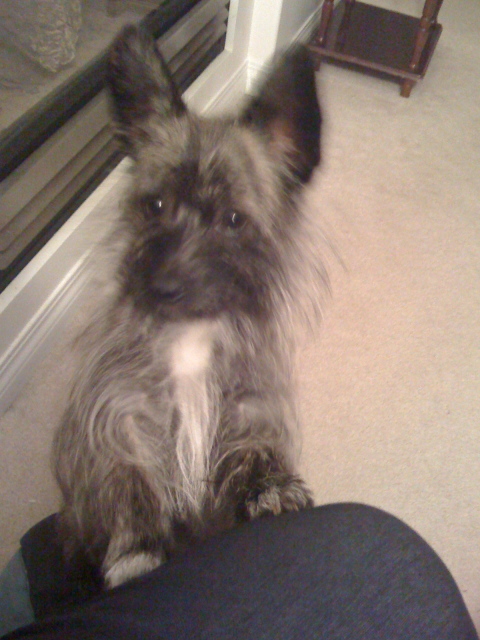 Cairn grooming
Question
Ruby
Hi Beth! I recently adopted a cairn
Cairn grooming
Question
Ruby
Hi Beth! I recently adopted a cairn
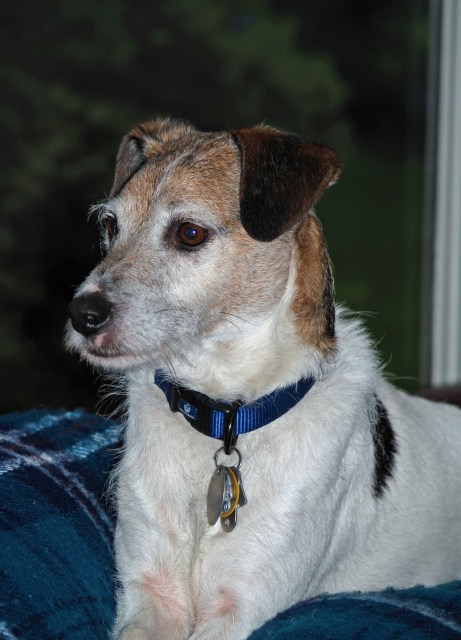 Travel with Pet
QuestionWe are leaving in Oct 2008 and flying from LAX
Travel with Pet
QuestionWe are leaving in Oct 2008 and flying from LAX
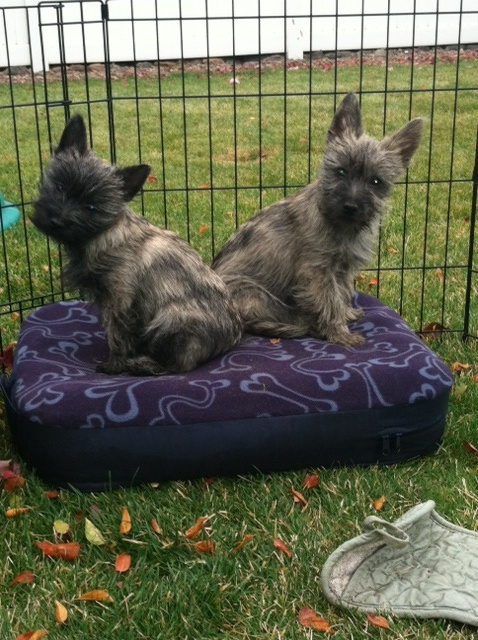 Two Cairn Puppies
Question
The Boys
We recently purchased two Cair
Two Cairn Puppies
Question
The Boys
We recently purchased two Cair
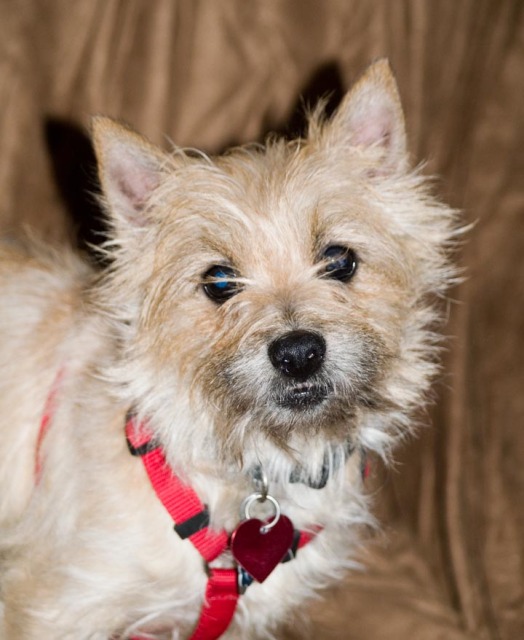 I have found out at last
QuestionQUESTION: i have a cairn terrier i got her at j
I have found out at last
QuestionQUESTION: i have a cairn terrier i got her at j
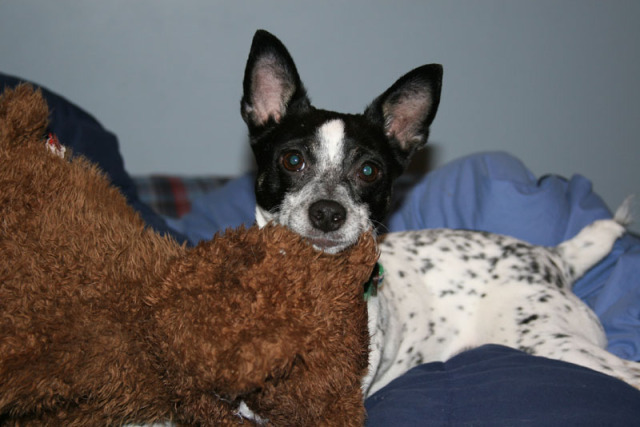 Toy Fox Terrier markings
Question
Roxie
I have had my dog Roxie for about 3 1/2
Toy Fox Terrier markings
Question
Roxie
I have had my dog Roxie for about 3 1/2